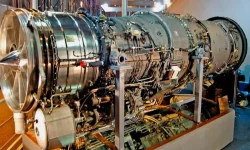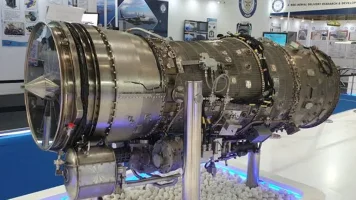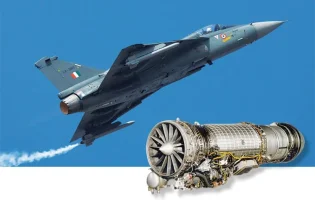- Views: 4K
- Replies: 22
In a significant boost to India's indigenous engine development program, BrahMos Aerospace has designed a new afterburner section for the Dry Kaveri engine, aiming to achieve a total thrust of 80kN. This advanced afterburner, developed from scratch, marks a crucial step in optimizing the engine's performance for potential applications in advanced fighter aircraft and other platforms.
The new afterburner section is engineered to provide an extra 29kN of thrust when engaged, significantly enhancing the engine's power output. This development is part of ongoing efforts to refine the Dry Kaveri engine, a non-afterburning variant of the Kaveri engine family originally developed by the Gas Turbine Research Establishment (GTRE) under DRDO.
BrahMos Aerospace designed the afterburner section indigenously, incorporating advanced materials and engineering techniques to withstand the extreme thermal and mechanical stresses involved. This achievement highlights India's growing capabilities in critical aerospace technologies.
With the additional 29kN thrust from the afterburner, the Dry Kaveri engine is expected to achieve its target of 80kN, making it competitive with international counterparts. The afterburner will undergo rigorous testing integrated with the Dry Kaveri engine to validate its performance and reliability under operational conditions.
This development is a key part of India's broader strategy to achieve self-reliance in critical aerospace technologies. Once proven, the enhanced Dry Kaveri engine could potentially power various indigenous platforms, including UAVs, future fighter aircraft, or even advanced cruise missiles.
BrahMos Aerospace, primarily known for its supersonic cruise missiles, is expanding its role in India's defence ecosystem with this foray into engine technology. The collaboration between BrahMos Aerospace, GTRE, and other stakeholders demonstrates a strong commitment to overcoming technical challenges and advancing indigenous capabilities in aerospace propulsion.



